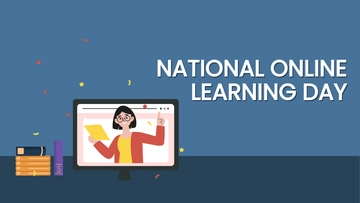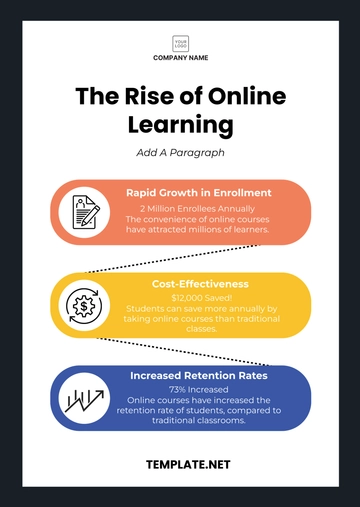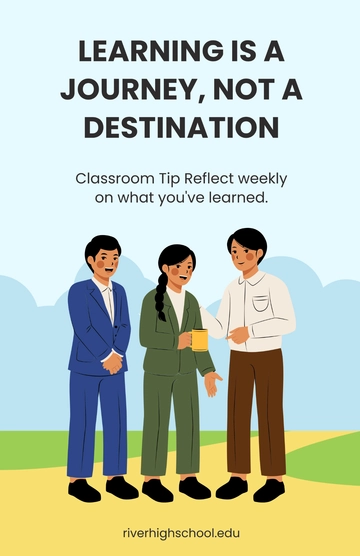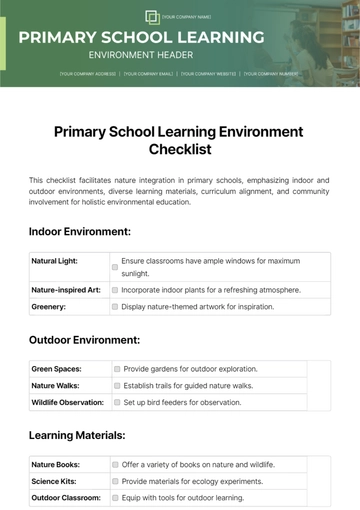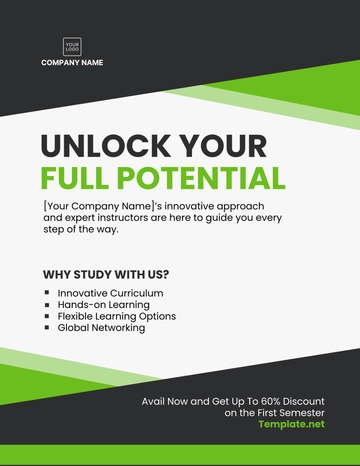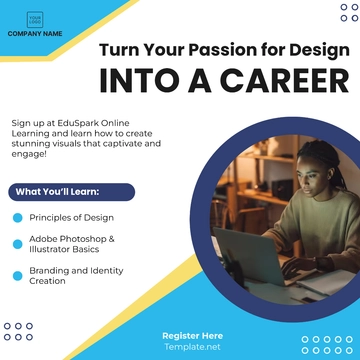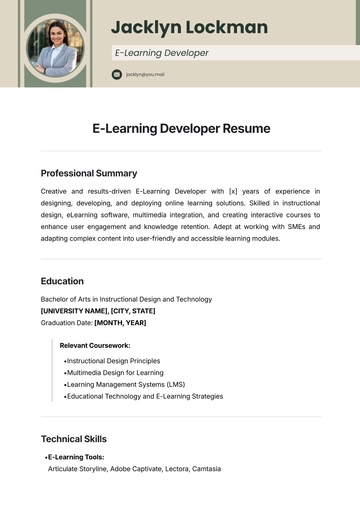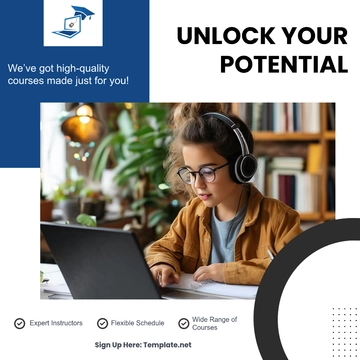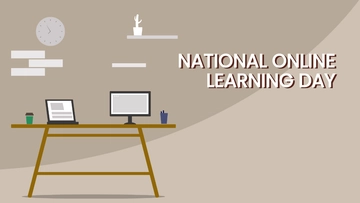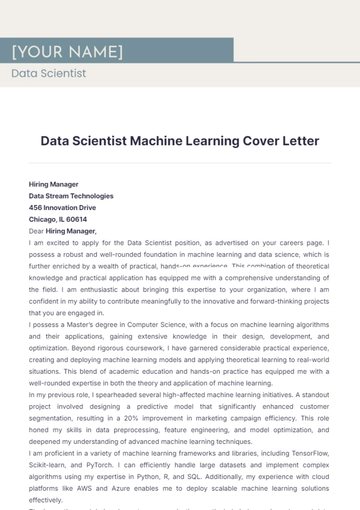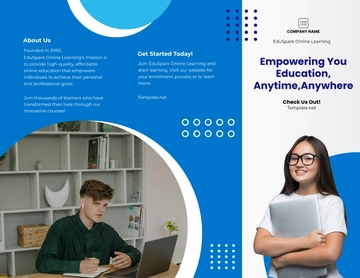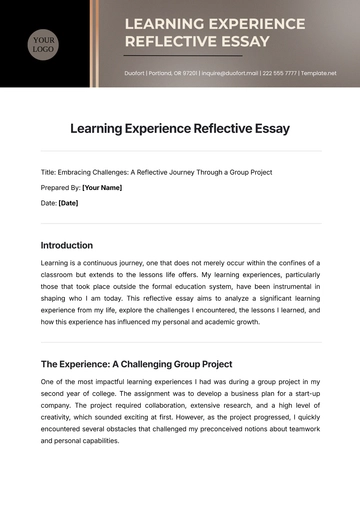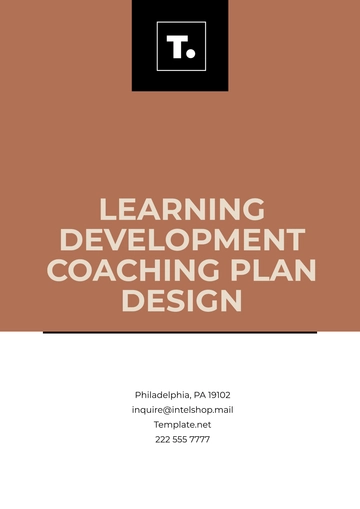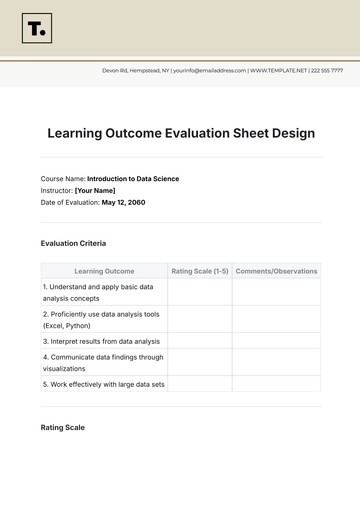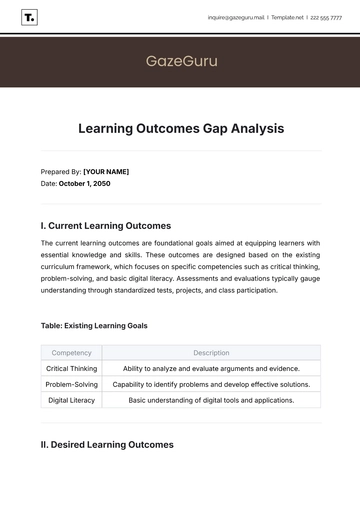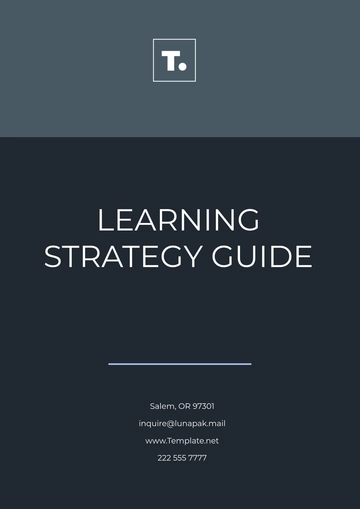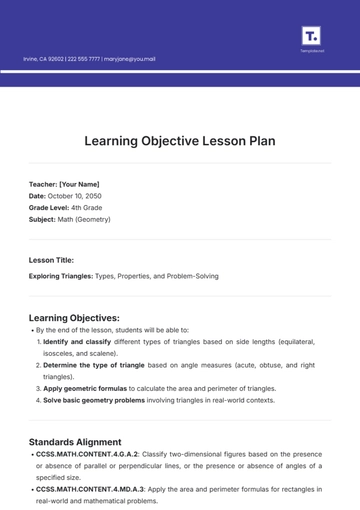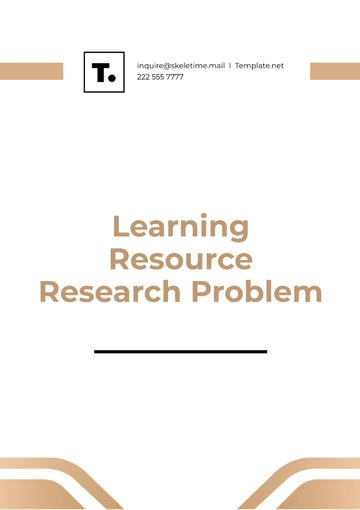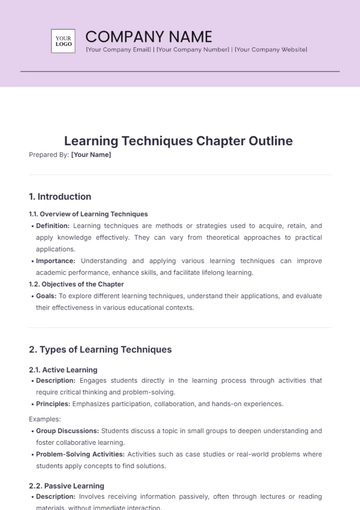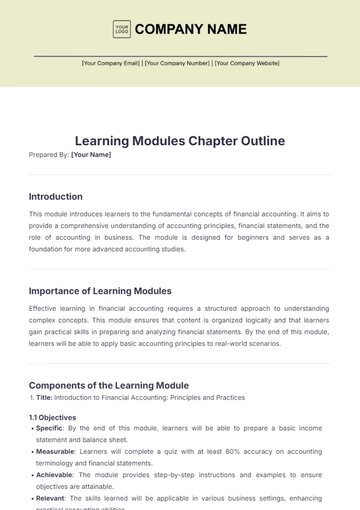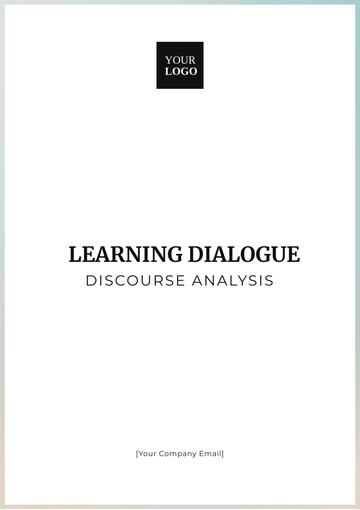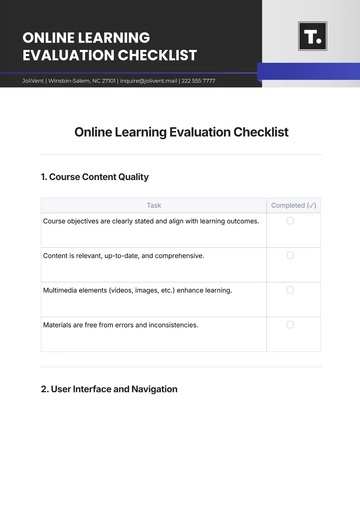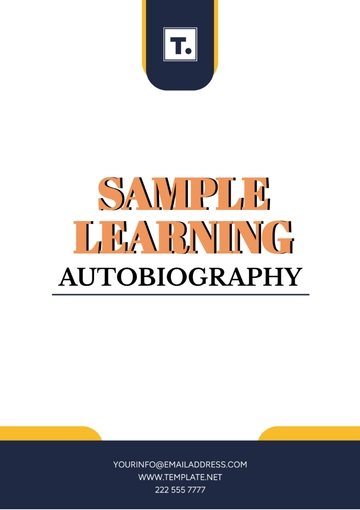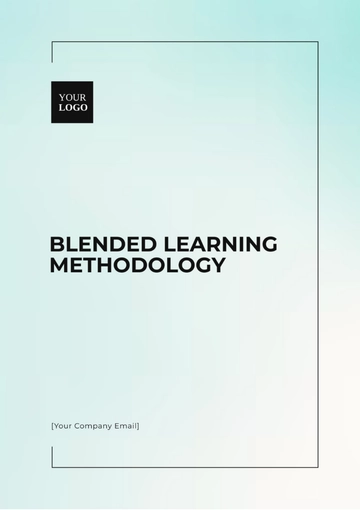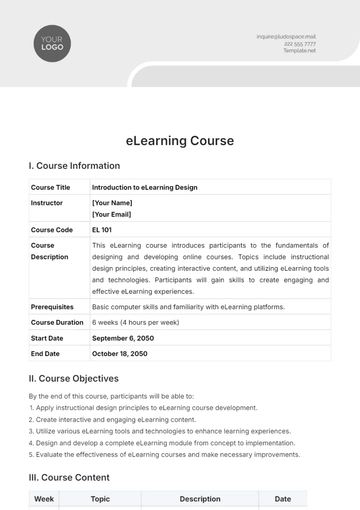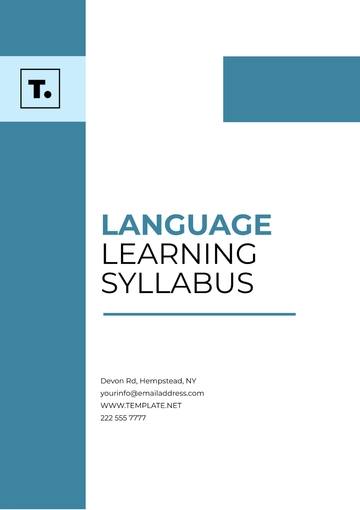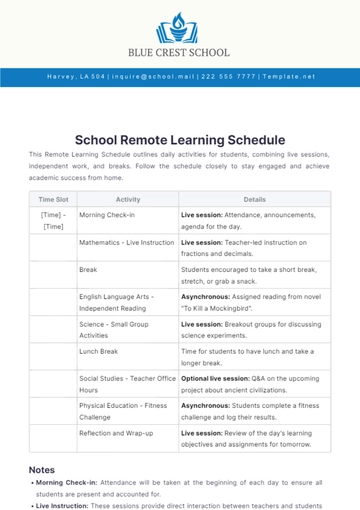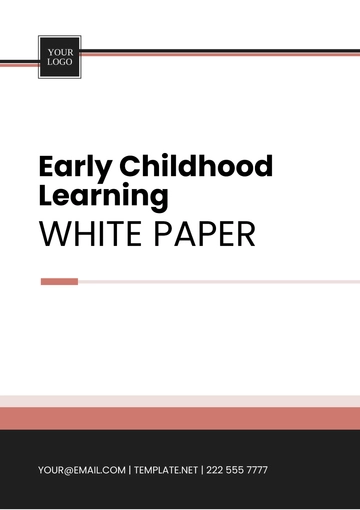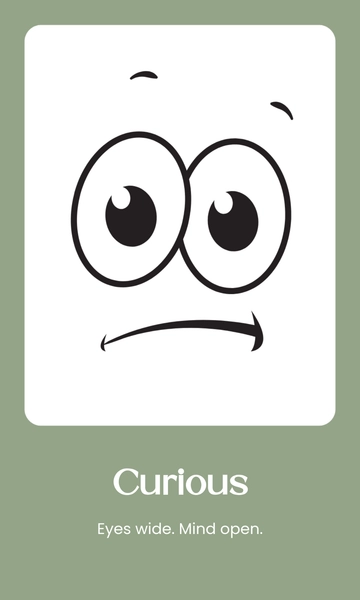Experiential Learning Methodology
Prepared By: [YOUR NAME]
Date: [DATE]
I. Introduction
The Experiential Learning Methodology is designed to engage learners actively in the educational process by involving them in direct experiences and focused reflection. This methodology aims to cultivate critical thinking, problem-solving skills, and the ability to apply knowledge in real-world contexts. Through carefully structured activities and reflective practices, learners can bridge the gap between theoretical concepts and practical applications.
II. Learning Objectives
The experiential activities have been meticulously designed and developed to accomplish and fulfill a set of specific learning objectives, which are outlined as follows:
III. Activity Design
A. Activity Descriptions
Each experiential activity is meticulously crafted to achieve optimal learning outcomes, incorporating real-world scenarios and hands-on tasks to deepen understanding and enhance skill development. Activities are designed to engage learners actively, stimulate critical thinking, and foster practical application of knowledge.
B. Materials Needed
Audio-Visual Aids: Technology resources such as projectors, computers, and other multimedia tools to support instruction, presentation, and engagement.
C. Step-by-Step Instructions
Detailed, step-by-step instructions play a critical role in ensuring that each activity is carried out effectively and with precision.
Step | Description |
|---|
Preparation | Gather all necessary materials and review the activity guidelines. |
Introduction | Introduce the activity to the learners, explaining its objectives and relevance. |
Execution | Conduct the activity, ensuring active participation and engagement. |
Monitoring | Observe and facilitate the activity, offering guidance as needed. |
Completion | Conclude the activity by summarizing key points and outcomes. |
D. Expected Outcomes
By the conclusion of all the planned activities, it is expected that the learners will have achieved the following outcomes:
IV. Reflection
Post-activity reflection is a critical component of the experiential learning process. Encourage learners to think critically about their experiences through the following guidelines:
A. Reflection Questions
Key Insights: What were the most significant insights or lessons learned from the activity?
Connection to Theory: How did the experience link to the theoretical concepts and principles discussed in class?
B. Reflection Methods
Journaling: Encourage learners to capture their reflections, thoughts, and insights in a structured journal, allowing for ongoing personal analysis and growth.
Personal Essays: Assign reflective essays that challenge learners to integrate and synthesize their experiences, critically evaluate their learning, and articulate how these experiences influence their understanding and future actions.
V. Application
To ensure that the knowledge and skills gained from learning are successfully applied in real-life situations, it is recommended to suggest the following application strategies:
Role-Playing: Create and manage realistic scenarios for learners to practice new skills and knowledge. These controlled settings let them simulate real-world situations, make decisions, and solve problems safely.
Projects: Assign projects that apply theory to practice, requiring creative problem-solving, critical thinking, and multiple skills, showcasing learners' understanding.
VI. Assessment
Evaluating the success and impact of the hands-on learning experience, as well as gauging the results and achievements of participants, can be accomplished by utilizing a variety of methods as outlined below:
A. Formative Assessment
B. Summative Assessment
Reflective Journals or Portfolios: Evaluate learners’ reflective journals or portfolios, which capture their learning experiences, insights, and growth over time, offering a comprehensive view of their progress.
Project and Presentation Performance: Assess learners' performance on projects and presentations, focusing on their ability to apply knowledge, demonstrate skills, and convey their understanding effectively.
C. Feedback Mechanisms
Learner Feedback: Collect detailed feedback from learners through surveys, interviews, or feedback forms to gather insights on their experiences, challenges, and suggestions for improvement.
Activity Adjustments: Utilize the feedback to refine and tailor activities and methodologies, ensuring their effectiveness, relevance, and alignment with the learners' needs and objectives.
Methodology Template @ Template.net

